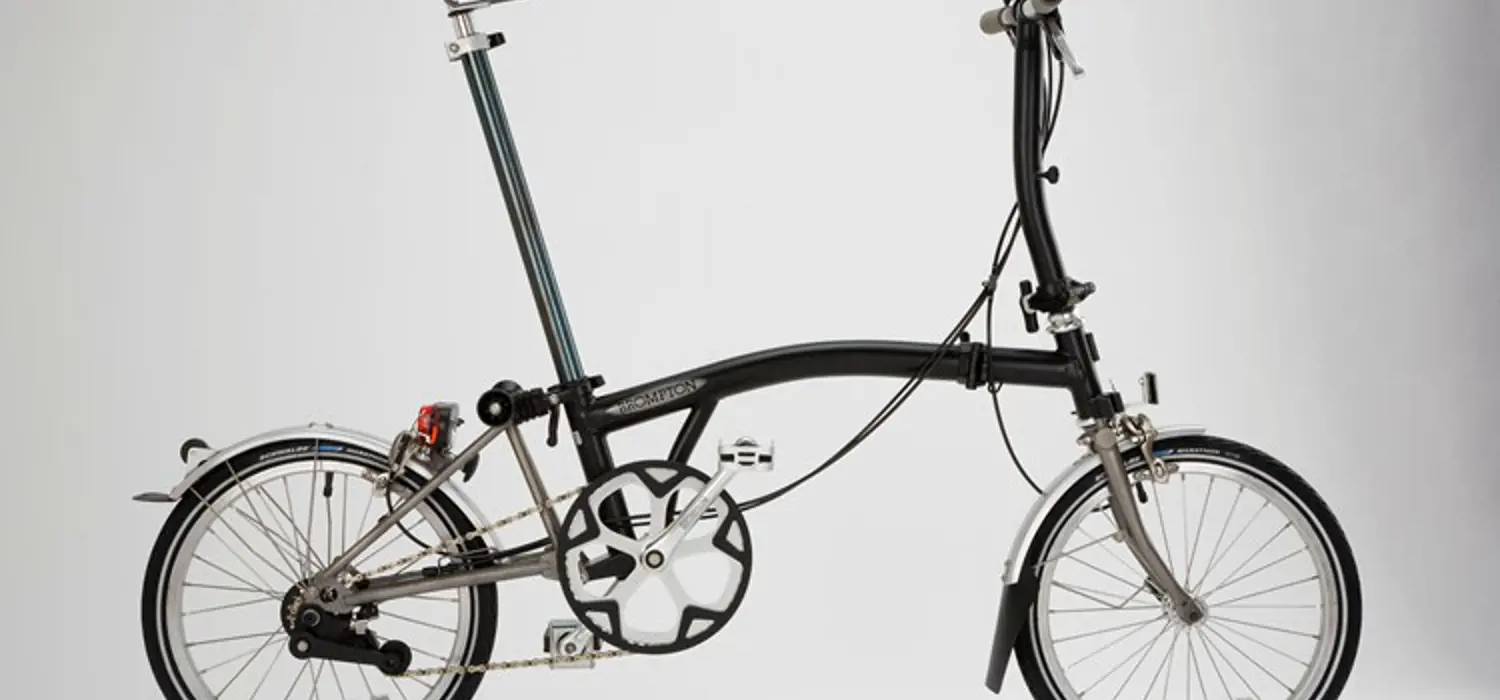
Revolutionising the future of bicycle travel
Small, folding bikes have revolutionised the cycling industry - but it wasn't until an engineer put an idea to the test that their potential was realised.
The concept of a folding bike is not new, they were used in the first and second world war to move quickly around the frontlines. Then a dramatic re-envisioning turned this simple product into a major success story.
Think small
Originally, small wheels on bikes were seen as impeeding speed and performance. However, in the late 1950s the concept of small bike wheels was put to test by Dr Alex Moulton CBE FREng. He found that high pressure small bike wheels would have less resistance and greater acceleration when compared to regular bike wheels. He then went on to develop a range of high pressure tyres.
First foldable bikes
Only recently have folding bikes become popular on UK roads. Even the smaller wheels are not a new concept, as there was a small wheel on the original penny farthing. However, small wheels were originally seen as negatively impacting performance.
Small wheels reimagined
In 1971, Harry Bickerton took the principles of small-wheel design pioneered by Moulton and sought to create a compact and light bicycle that was quick to fold and unfold. His work evolved to what we now recognise as the range of Brompton foldable city bikes, which make commuting and storage easy.

Three main design factors for a folding bike
There are three major design factors to be considered when designing a Brompton foldable bike.
- Compactness - The bike must fold up to be small enough to be taken on public transport.
- Performance - it must function well as a bike and get you from A to B.
- Weight - The bike must be light enough to be carried easily, a lower weight will increase acceleration.
Other Brompton design features
As well as these three main factors there are a variety of other factors that must be considered to create a successful foldable bike design.
- Clean fold - How the Brompton bike folds is a major design factor which allows the bikes to fold into a compact form. The fold design also keeps the chain, the dirtiest part of the bike, on the inside meaning the user stay clean when carrying their bike.
- Components - Most standard bikes are designed with a model of brakes, chainset and gears in mind. However, due to the unique shape of Brompton bikes all components must be custom built to fit.
- Brazing - Brompton uses brazing rather than welding when manufacturing their bike frames. Brazing is a dying art due to the skill required. It allows for thinner wall tubes which reduces the overall weight of the bike
3D computer aided design (CAD) modelling, prototypes and finite element analysis (FEA) allow designers to virtually test new ideas.
Factfile
- Project goal
- To create a folding bike which is compact, useable and lightweight
- Key innovation
- Building everything around the wheels so when they fold in, the dirtiest parts are in the middle and protected by the frame
- The engineering
- The Brompton bike was created using 3D modelling, materials testing and brazing (using less heat than welding) to create strong joins using thinner wall tubes
Ingenia article
Read more about the engineering behind the famous Brompton bikes at Ingenia, a free magazine focusing on all aspects of engineering.
Think engineering could be for you?
Become an engineer






